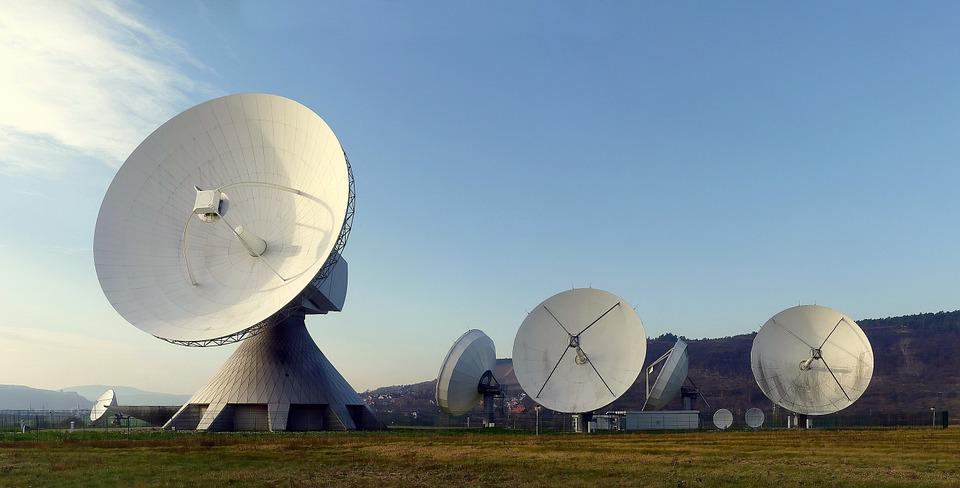NASA scientists have devised a new, all-encompassing technique of transmitting communications into space. As per the new study, the idea is to transmit humanity’s unique fingerprint to anybody who could be eavesdropping on the transmission.
According to the authors, this message will serve as a substitute for a famous 1974 broadcast of comparable information from Puerto Rico’s Arecibo Observatory, which had to be shut down in 2020 due to a collapse. It will be beamed from China and northern California, and researchers have carefully picked a region of the Milky Way because they believe it is much more probable to harbor intelligent species that are open to receiving the message.
The renowned telescope in the heart of the observation facility was erected on top of a naturally present sinkhole that offered a cone shape, and it served as the world’s biggest telescope for more than 50 years until it was decommissioned in 2011. When the observatory sent out an interstellar communication in 1974, it did make sense. The 500-meter Aperture Spherical radio Telescope (FAST) from China also was the world’s biggest telescope when Arecibo was decommissioned in 2020. In southern China’s Guizhou region, not far from the Vietnamese frontier, FAST was likewise built-in a naturally-occurring valley.
In addition to having a 300-meter illuminated aperture, the FAST’s performance level and responsiveness are many times greater than those of the Arecibo radio telescope as well as those of other current scientific instruments.
However, FAST is simply a “receiving only” radio telescope at the moment, so even if we wished it to, it couldn’t transmit signals. Scientists, however, believe that FAST and SETI’s northern California monitoring telescope array may be used to transmit a message. The experts claim that both might be improved in the future to allow for the sending of information as well.













Leave a Reply